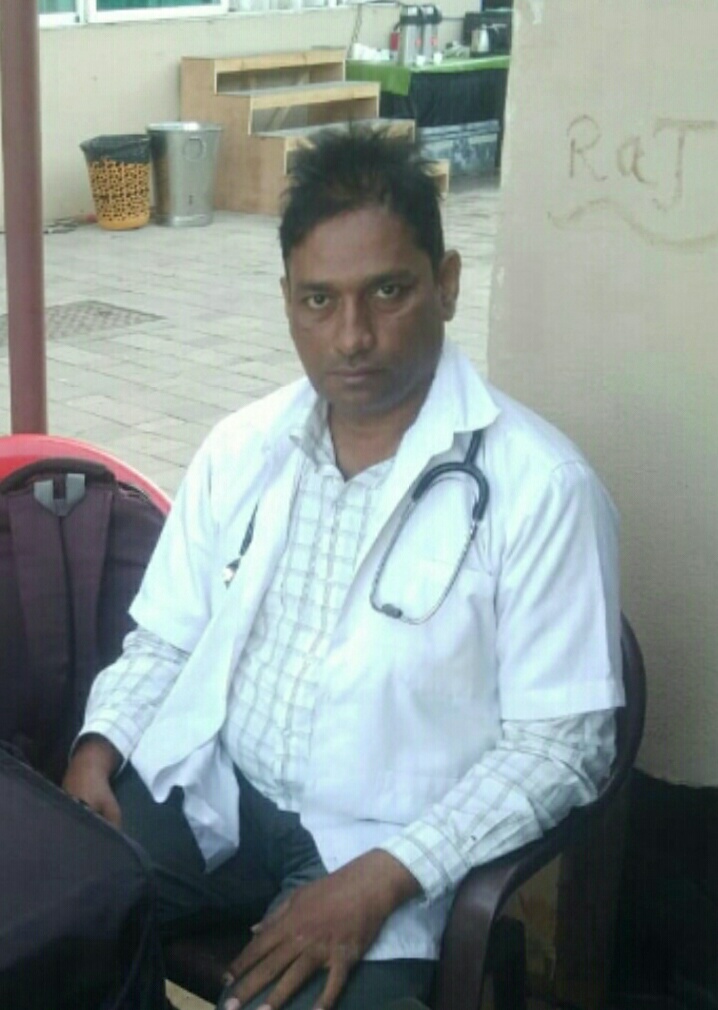The human body is composed of many parts, but here are ten main parts, focusing on major organs and systems:
1. Brain: The control center of the nervous system, responsible for thought, memory, emotion, and coordination.
2. Heart: A muscular organ that pumps blood throughout the body, supplying oxygen and nutrients while removing waste products.
3. Lungs: A pair of organs involved in the respiratory system, responsible for the exchange of oxygen and carbon dioxide.
4. Liver: A vital organ that processes nutrients from food, detoxifies harmful substances, and produces bile for digestion.
5. Kidneys: A pair of bean-shaped organs that filter blood to remove waste, maintain electrolyte balance, and regulate blood pressure.
6. Stomach: A muscular organ that breaks down food using acids and enzymes, preparing it for further digestion and absorption in the intestines.
7. Intestines (Small and Large): The small intestine absorbs nutrients from digested food, while the large intestine absorbs water and forms waste products (feces).
8. Skin: The body’s largest organ, which protects against external factors, regulates temperature, and provides sensory information.
9. Bones: The skeletal system provides structure, protects internal organs, and facilitates movement through attachment to muscles.
10. Muscles: Part of the muscular system, muscles enable movement, maintain posture, and produce heat through contraction.
These parts work together to maintain the body’s homeostasis and ensure its proper functioning.







